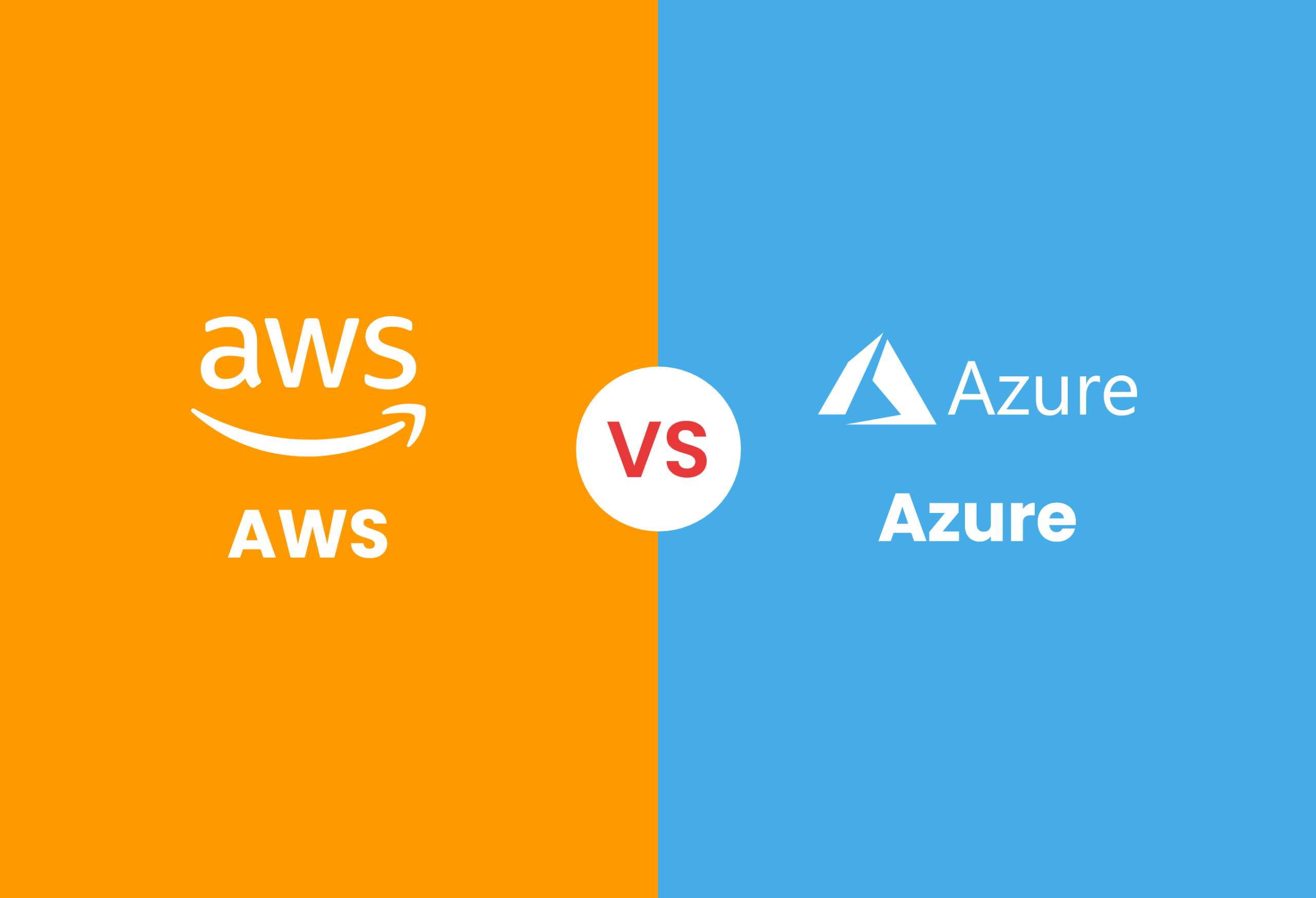The internet is the lifeblood of our digital world. Whether streaming a movie, managing a remote team, or gaming online, fast and reliable internet is a must. But when it comes to future-proofing our connectivity, the debate rages: 5G or fiber optics? Which one holds the key to our digital future? Let’s break it down.
The Importance of High-Speed Internet in Modern Life
Can you imagine a day without the internet? Whether it’s for work, education, or entertainment, high-speed internet has become as essential as electricity.
Why Compare 5G and Fiber Optics?
While both 5G and fiber optics offer lightning-fast speeds, they cater to different needs. Understanding their differences helps us decide which is the true frontrunner for the future.
Understanding the Basics
What is 5G?
Definition and Evolution
5G, or the fifth generation of mobile networks, is designed to deliver ultra-fast speeds, low latency, and massive connectivity. It’s the successor to 4G LTE, promising a quantum leap in mobile internet.
Key Features of 5G Technology
- Speeds up to 10 Gbps.
- Low latency under 1 millisecond.
- Supports millions of connected devices simultaneously.
What is Fiber Optics?
Definition and Technology Overview
Fiber optics uses thin strands of glass or plastic to transmit data as light signals. It’s renowned for its high-speed, high-capacity internet connectivity.
Key Features of Fiber Optic Internet
- Unmatched speed and reliability.
- Immune to electromagnetic interference.
Speed and Performance Comparison
Data Transfer Speeds
Fiber optics offers symmetrical upload and download speeds, often exceeding 1 Gbps. While 5G can reach similar speeds, real-world performance may vary depending on network conditions.
Latency and Responsiveness
5G boasts ultra-low latency, making it ideal for real-time applications like gaming and telemedicine. Fiber optics also provides low latency but excels more in consistency.
Bandwidth Capacity
Fiber optics supports virtually unlimited bandwidth, while 5G, though impressive, may experience congestion in densely populated areas.
Coverage and Accessibility
5G Network Coverage
Urban Areas vs. Rural Areas
5G shines in urban centers with dense infrastructure. However, rural areas often lag in coverage due to the high cost of deployment.
Fiber Optic Accessibility
Challenges in Deployment
Laying fiber optic cables requires significant investment and infrastructure, limiting its reach to urban and suburban areas for now.
Reliability and Stability
How Weather and Environment Affect 5G
Rain, trees, and even buildings can disrupt 5G signals, especially on higher frequency bands like mmWave.
The Stability of Fiber Optics in Adverse Conditions
Fiber optics is immune to weather interference, providing consistent performance regardless of external conditions.
Cost Considerations
Installation Costs
Fiber optics often involves higher upfront costs for cable installation and infrastructure. On the other hand, 5G relies on existing towers, reducing initial expenses.
Long-Term Expenses
While fiber optics is cost-effective over time due to its durability, 5G may require frequent upgrades to keep up with evolving standards.
Use Cases and Applications
Ideal Scenarios for 5G
- Mobile connectivity for on-the-go users.
- Smart cities and IoT applications.
Ideal Scenarios for Fiber Optics
- Stable, high-speed internet for businesses.
- Data-intensive tasks like 4K video streaming and cloud computing.
Environmental Impact
Energy Consumption
5G towers consume more energy than fiber optic networks, which are relatively efficient.
Sustainability of Infrastructure
Fiber optics is more eco-friendly due to its longer lifespan and lower maintenance needs.
Security and Privacy Concerns
Risks with 5G Technology
5G networks are vulnerable to cyberattacks and may pose risks due to the sheer number of connected devices.
Fiber Optic Vulnerabilities
Fiber optics is generally secure but can be compromised if physical cables are tampered with.
Future Innovations
What’s Next for 5G?
Expect advancements like network slicing and better energy efficiency, making 5G even more versatile.
Advancements in Fiber Optic Technology
Fiber optics will see innovations in speed and scalability, potentially breaking current data transmission limits.
Conclusion
When it comes to the future of high-speed internet, 5G and fiber optics each have their strengths. 5G offers mobility and low latency, making it ideal for IoT and mobile applications. Fiber optics, on the other hand, provides unmatched reliability and capacity for data-intensive tasks. Ultimately, the best choice depends on your specific needs.
FAQs
- Is 5G faster than fiber optics?
In some cases, yes, but fiber optics offers more consistent speeds. - Which is more reliable for businesses: 5G or fiber optics?
Fiber optics is more reliable due to its stability and immunity to environmental interference. - Can 5G replace fiber optics entirely?
Not entirely. Both technologies complement each other, catering to different use cases. - How does weather affect 5G and fiber optics?
5G signals can be disrupted by rain and obstacles, while fiber optics remains unaffected. - Are there health risks associated with 5G technology?
No conclusive evidence suggests health risks from 5G technology. It adheres to international safety standards.




